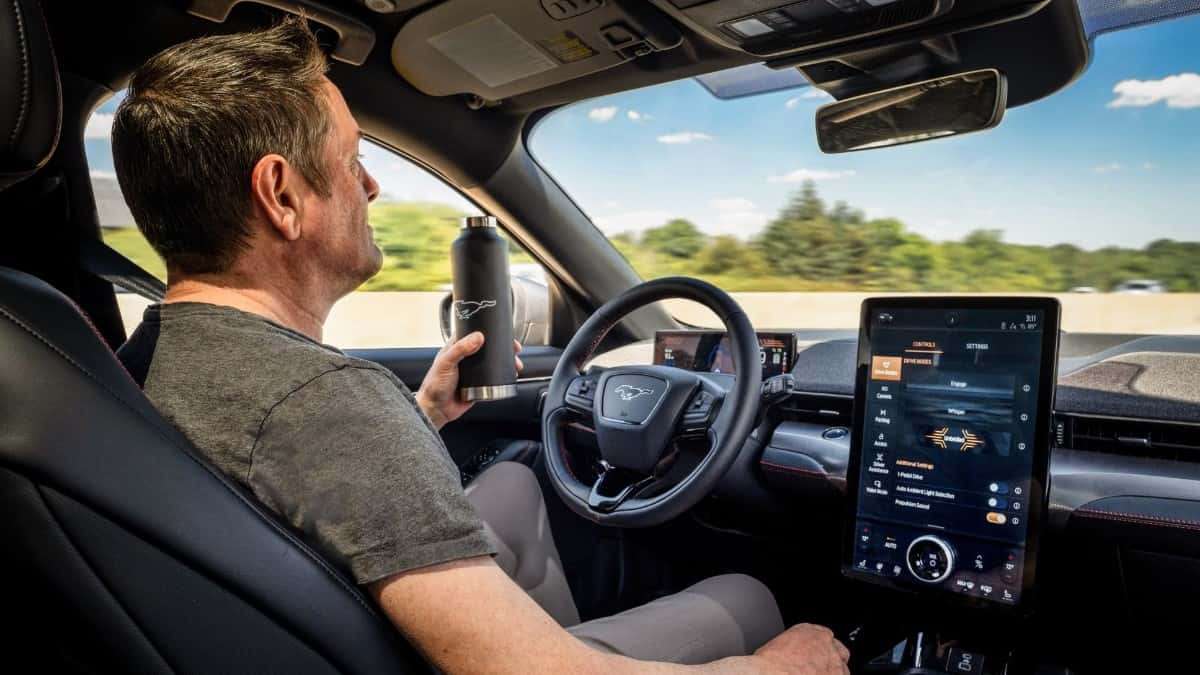With manufacturers rushing toward active-driving systems such as Tesla's AutoPilot and Ford's 360 Co-Pilot, the American Automobile Assn. (AAA) is sounded its alarm and is calling for a time out. Here's what AAA has to say about it:
AAA Tests Find Mistakes Every 8 Miles
"AAA automotive researchers have found that over the course of 4,000 miles of real-world driving, vehicles equipped with active driving assistance system experienced some type of issue every eight miles, on average. As a result, AAA recommends manufacturers increase the scope of testing for active driving assistance systems and limit their rollout until functionality is improved to provide a more consistent and safer driving experience."
Indeed, Torque News recently made similar claims in a story regarding the latest Ford driving assistance system. The story, written by me, appeared here. It discusses the many issues that driving assistance equipment raise. A complete story about the Ford system, written by my colleague Jimmy Dinsmore, appeared here. It diiscusses the many aspects of driving assitance.
According to the automotive group, their researchers found trouble with the systems keeping the vehicles in lane and coming too close to other views or guardrails.
AAA Tests Scernarios
The researchers also found that active-driving assistance systems, those that combine vehicle acceleration with braking or steering, often disengage with little notice – almost instantly handing control back to the driver. In turn, it could mean two rather dramatic scenarios:
- A driver might become disengaged from driving process
- A driver might become too dependent on the system
Mary Maguire, director of public relations and legislative affairs for AAA Northeast, said, "AAA has repeatedly found that active driving assistance systems do not perform consistently in real-world scenarios. Manufacturers need to work toward more dependable technology, including improving lane-keeping assistance and providing more adequate alerts."
The automotive group tested the functionality of active-driving assistance systems in real-world conditions and in closed-course settings to determine how well they responded to common driving scenarios. On public roadways, nearly three-quarters of errors involved instances of lane departure or erratic lane position.
AAA Tests Find Equipment In Early Stages
Maguire continued that active "driving assistance systems are designed to assist the driver and help make the roads safer, but the fact is, these systems are in the early stages of their development. With the number of issues we experienced in testing, it is unclear how these systems enhance the driving experience in their current form. In the long run, a bad experience with current technology may set back public acceptance of more fully automated vehicles in the future."
AAA's 2020 automated vehicle survey found that only one in 10 drivers – 12 percent – would trust riding in a self-driving car.
To increase consumer confidence in future automated vehicles, car manufacturers must perfect functionality as much as possible.
AAA Meets With Industry Leaders
The auto group noted that it has met with industry leaders to provide insight from the AAA testing experience and to give recommendations for improvement. The group is also sharing insights with AAA members and the public to help buyers make informed choices based on AAA driving experiences.
Marc Stern has been an auto writer since 1971. It was a position that filled two boyhood dreams: One was that I would write, and two that I write about cars. When I took over as my newspaper's auto editor, I began a 32-year career as an automotive columnist. There isn't much on four wheels that I haven't driven or reviewed. My work has appeared in Popular Mechanics, Mechanix Illustrated, AutoWeek, SuperStock, Trailer Life, Old Cars Weekly, Special Interest Autos, and others. Today, I am the Ford F150 reporter for Torque News. I write how-to and help columns for online sites such as Fixya.com and others. You can follow me on Twitter or Facebook. Most of Marc's stories can be found at Torque News Ford coverage. Check back again and search for Torque News Ford F-150 news for more F-150 truck news coverage.





